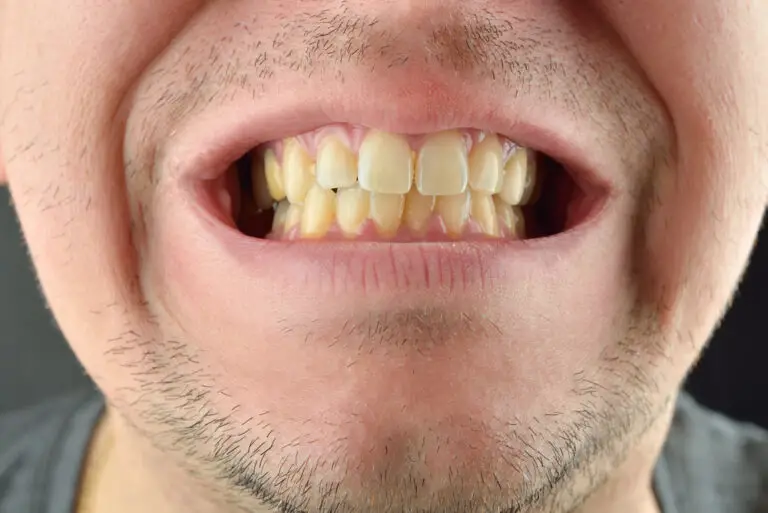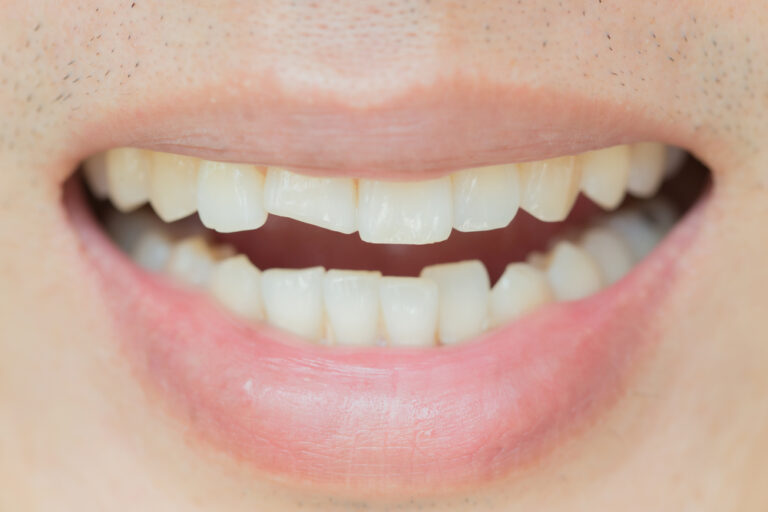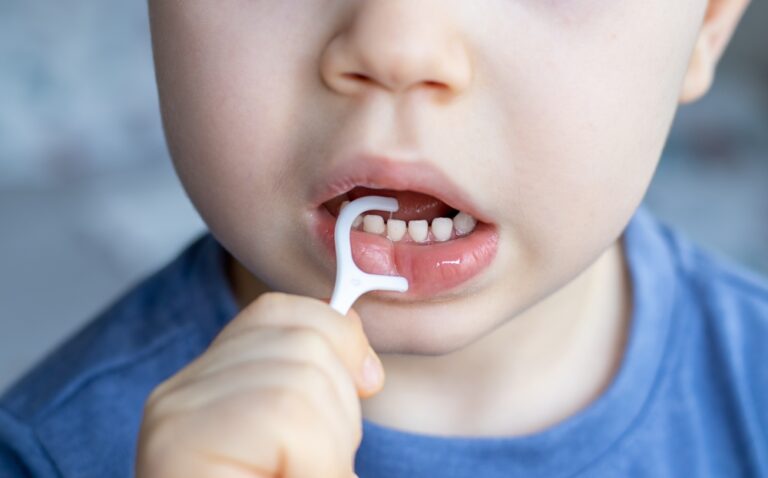Teeth are not only necessary for eating and speaking, but they can also reveal a lot about a person’s childhood. Teeth begin to form before birth and continue to develop throughout childhood and adolescence. As a result, they can provide valuable information about a person’s health, nutrition, and even their early life experiences.
One of the most significant ways that teeth can tell us about a person’s childhood is through their dental health. Childhood cavities and tooth decay are common, and they can be a sign of poor nutrition, lack of dental care, or even abuse or neglect. Additionally, dental problems during childhood can have long-lasting effects on a person’s oral health and overall well-being. By examining a person’s teeth, dental professionals can gain insight into their childhood experiences and help to address any lingering dental issues.
Another way that teeth can provide information about a person’s childhood is through dental records. Dental records are often used in forensic investigations to identify individuals, and they can also be used to track a person’s dental history over time. By comparing dental records from childhood to those from adulthood, researchers can learn more about how teeth develop and change over time, as well as identify any potential health or developmental issues that may have occurred during childhood.
Teeth as a Biological Record
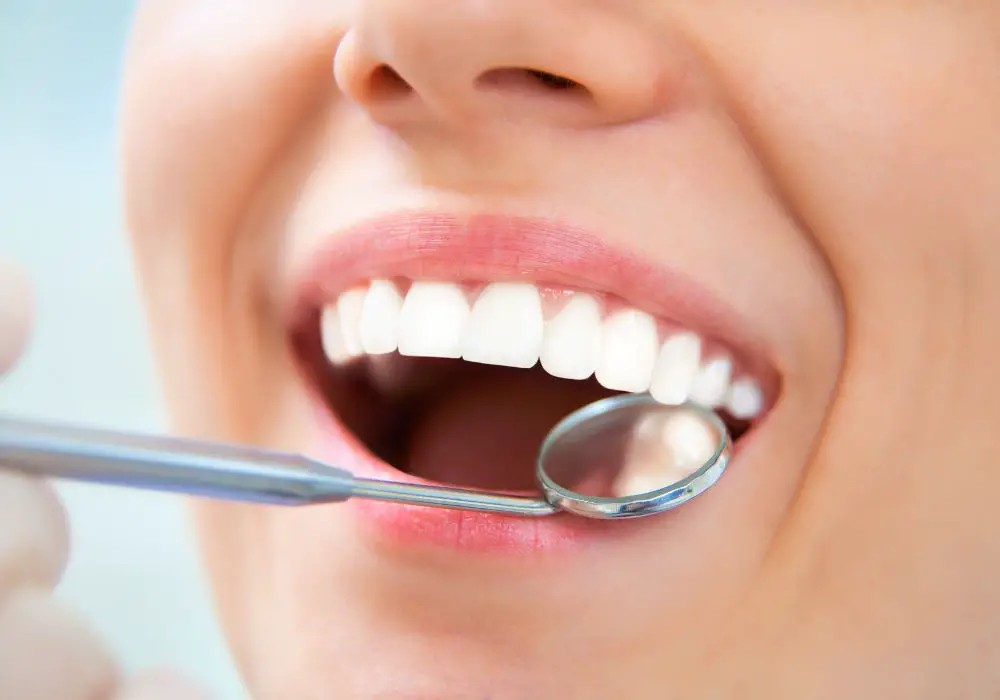
Teeth are not only essential for chewing food, but they also serve as a biological record of a person’s life, including their childhood. Dental researchers have found that teeth can provide valuable information about a person’s health, nutritional status, and even their social and economic background.
Dental Enamel Formation
The enamel on teeth forms during childhood and adolescence, and it can provide insight into a person’s early life experiences. For instance, if a child experiences malnutrition or illness during enamel formation, it can result in abnormalities in tooth development. Enamel hypoplasia, a condition where the enamel is thin or missing, can be an indicator of malnutrition or illness during childhood.
Teeth and Nutritional History
Teeth can also provide information about a person’s nutritional history. The composition of teeth reflects the minerals and nutrients that a person consumed during tooth development. For example, teeth can reveal whether a person had a diet rich in calcium or iron. Dental researchers can analyze the isotopes in teeth to determine a person’s nutritional history and even their geographic origin.
In addition, teeth can also reveal a person’s exposure to environmental toxins. For example, researchers have used the lead content in teeth to study the effects of lead exposure on children’s health.
Overall, teeth are a valuable source of information about a person’s childhood and can provide insight into their health, nutrition, and environment. By studying teeth, researchers can gain a better understanding of human development and history.
Teeth and Childhood Health
As we grow up, our teeth can tell us a lot about our childhood health. Here are some ways teeth can indicate childhood illness and environmental exposures.
Teeth as Indicators of Childhood Illness
Teeth can reveal a lot about our overall health, including any illnesses we may have had during childhood. For example, if a child had a high fever or malnutrition, their teeth may have been affected. Teeth that are discolored or have pits or lines may indicate a high fever or illness during tooth development.
Additionally, tooth decay can also be an indicator of childhood illness. Tooth decay is caused by bacteria that produce acid, which eats away at the tooth enamel. Poor nutrition, frequent snacking, and lack of oral hygiene can all contribute to tooth decay. If a child has a lot of cavities, it may be a sign of poor overall health.
Teeth and Environmental Exposures
Teeth can also provide clues about environmental exposures during childhood. For example, lead exposure can cause permanent damage to teeth. Lead can be found in old paint, contaminated soil, and drinking water. If a child has lead poisoning, their teeth may have a yellow or brown tint and may have a chalky appearance.
Fluoride is another environmental exposure that can affect teeth. Fluoride is added to drinking water and toothpaste to prevent tooth decay. However, too much fluoride can cause a condition called fluorosis, which can cause white or brown spots on the teeth.
In conclusion, our teeth can reveal a lot about our childhood health. Teeth that are discolored, have pits or lines, or have a lot of cavities may indicate childhood illness. Teeth that have a yellow or brown tint or white or brown spots may indicate environmental exposures.
Teeth and Socioeconomic Status
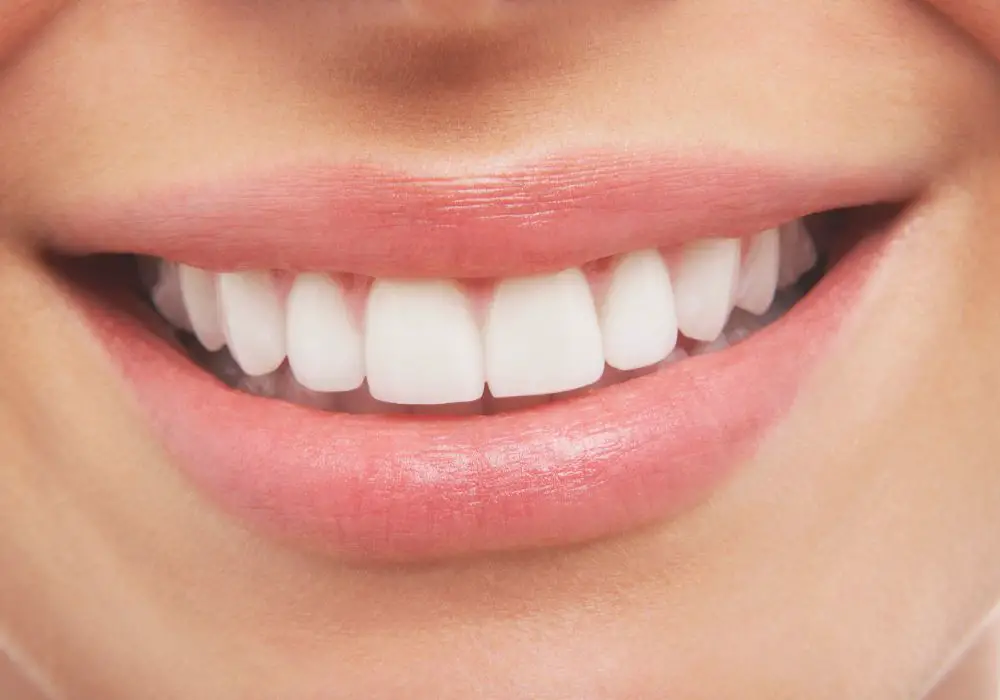
Teeth can also reveal a person’s socioeconomic status. Studies have shown that individuals from lower-income households are more likely to have untreated cavities in their permanent teeth compared to those from higher-income families. By ages 12 to 19, 23% of children from low-income families have untreated cavities in their permanent teeth, twice that of children from higher-income households. This disparity can be attributed to a lack of access to dental care and preventative measures such as sealants.
Tooth loss also affects people on the lower end of the socioeconomic spectrum more severely than those with higher incomes. According to a DentaVox survey of 2,582 global respondents primarily between the ages of 20 and 45, 55% said that high social status means fewer missing teeth. This can be due to a variety of factors such as better access to dental care, education on proper oral hygiene, and healthier diets.
In addition, the thickness of growth marks in primary (or “baby”) teeth may help identify children at risk for depression and other mental health disorders later in life, according to researchers at Harvard-affiliated Massachusetts General Hospital. This finding highlights the importance of early dental care and regular check-ups, especially for children from disadvantaged backgrounds who may be at a higher risk for mental health issues.
Overall, teeth can provide valuable insights into a person’s childhood and socioeconomic status. Proper dental care and education can help bridge the gap in oral health disparities and improve overall well-being.
Teeth and Childhood Stress
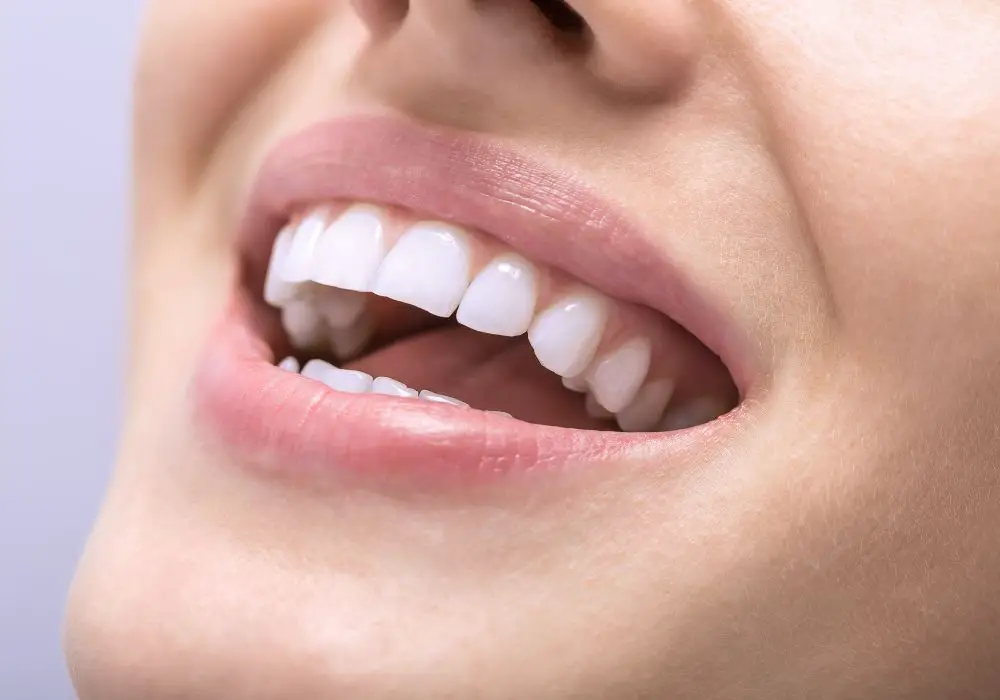
If you are wondering what your teeth can tell you about your childhood, you might be surprised to learn that they can reveal a lot about your stress levels. Childhood stress can have a significant impact on your oral health, and your teeth can show signs of both psychological and physical stress.
Teeth and Psychological Stress
Psychological stress can have a profound effect on your oral health. When you are stressed, your body produces more cortisol, a hormone that can lead to inflammation and gum disease. In addition, stress can cause you to grind your teeth, which can lead to tooth damage and jaw pain.
If you experienced a lot of psychological stress as a child, your teeth may show signs of wear and tear. For example, you might have chips or cracks in your teeth, or your teeth might be worn down from grinding. You might also have gum disease or other oral health issues that are related to stress.
Teeth and Physical Stress
Physical stress can also impact your teeth. Children who experience physical stress, such as malnutrition or illness, may have weaker teeth that are more prone to cavities and other dental problems. In addition, certain medications that are commonly prescribed to children, such as antibiotics or asthma medications, can also affect the health of their teeth.
If you experienced physical stress as a child, you might have teeth that are more prone to decay or other dental issues. You might also have teeth that are discolored or weakened due to medication use.
Overall, your teeth can provide valuable insight into your childhood experiences. If you are concerned about your oral health and how it might be related to childhood stress, it’s important to talk to your dentist. They can help you identify any issues and develop a plan to improve your oral health.
Frequently Asked Questions
How are teeth used to estimate age?
Teeth can be used to estimate a person’s age by examining the development and eruption of their teeth. Dentists and forensic scientists can look at the size, shape, and location of teeth to determine a person’s age range. For example, the eruption of baby teeth can help determine a child’s age, while the wear and tear on adult teeth can provide clues about an older person’s age.
Can teeth tell you where you grew up?
Teeth can provide some information about a person’s geographic origin, but it is not foolproof. Scientists can analyze the isotopes in teeth to determine the chemical composition of the water and food a person consumed during their childhood. This can provide some clues about where a person grew up, but it is not always accurate.
What can burned teeth tell us?
Burned teeth can provide valuable information about a person’s identity and cause of death. The high heat of a fire can destroy most of the body, but teeth are often left intact. Forensic scientists can use dental records to identify a person based on their teeth, and they can also examine the teeth for signs of trauma or disease that may have contributed to the person’s death.
What do teeth reveal about a person’s health?
Teeth can reveal a lot about a person’s overall health. For example, tooth decay and gum disease can be signs of poor oral hygiene, while enamel erosion can indicate acid reflux or other digestive problems. Additionally, scientists are researching how teeth may provide clues about a person’s risk for certain diseases, such as mental health disorders and heart disease.
What can teeth tell us about a person’s diet?
Teeth can provide some information about a person’s diet, particularly when it comes to the texture and hardness of their food. For example, people who eat tough or fibrous foods may have stronger jaw muscles and more wear on their teeth. Additionally, scientists can analyze the plaque on teeth to determine what types of foods a person has been eating.
What can teeth tell us about a person’s socioeconomic status?
Teeth can provide some clues about a person’s socioeconomic status, particularly when it comes to access to dental care. People who have had regular dental checkups and cleanings may have healthier teeth and gums than those who have not. Additionally, people who have had access to orthodontic treatment may have straighter teeth and a more attractive smile, which can be seen as a status symbol in some cultures.

